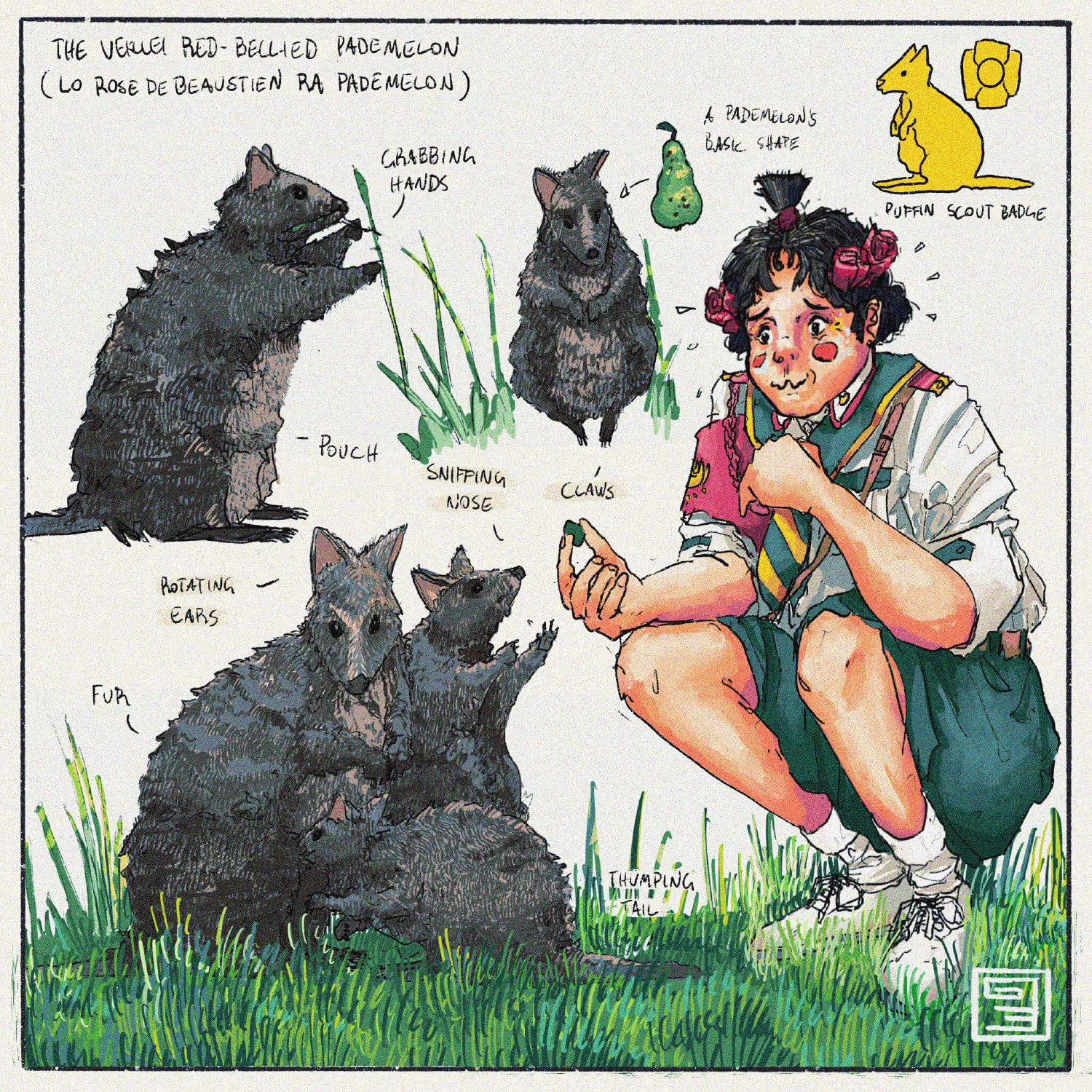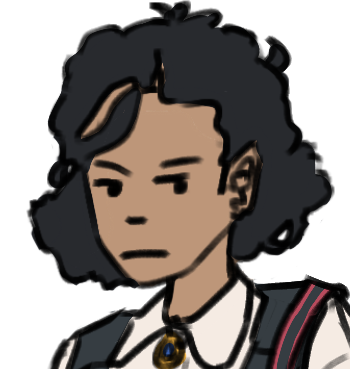NEW Story: Sunday Morning
Wallabies of the Arctic — Vekllei's Pademelon and what the hell it's doing there

This article is not part of Vekllei canon. It may be old, obsolete or just a bit of fun.
8 days without posts feels like a century. Tomorrow, SkyMonth returns, and we’ll see what it’s like flying VAS. The day after tomorrow we’ll see an update for a few things — particularly a massive (and awesome) overhaul of the Vekllei site + wiki. Yeah, if you’re wondering where I’ve been, I’ve ditched Wordpress and have been learning HTML, which is like scraping the exposed brain against unpolished concrete. And after that there will be a lot more posts to follow to make up for the silence
— Hobart.
The rufous-bellied wallaby or “pademelon” is often mistaken for a kangaroo or even a rodent, but it is neither. These furry little lumps, known both for their rotundity and fecundity, do not share the dry and tropical temperament of their marsupial cousins throughout Australia and Indonesia, and are most at home in the wet, cold temperate rainforests of the quasiantarctic island of Tasmania. They also have a significant population in the least likely of places; a similarly cool, rainy, forested rock known as Vekllei (or Iceland, historically).
They grow like a radish and their ears rotate independently on the top of their heads, searching for noises that could eat them. They are an excellent meal for any predator, and are ill-equipped for the larger, invaded ecosystems to which they are extinct.
Vekllei, however, in its geographic and environmental isolation, has only a population of arctic foxes and some wolves to threaten them. The island’s biosecurity laws are among the strictist in the world, mostly to protect vulnerable birds (like puffins) and the biodiversity of their unique cattle, sheep, dogs and horses. There are entire brigades of Vekllei’s armed forces dedicated to the culling of feral dogs and cats, and many species common to the rest of the world — rabbits and red foxes come to mind — are not found in Vekllei, which employs ruthless culling methods to contain them.
They were introduced intentionally to the Les Noisnosn agricultural belt (just north of Ro) in the early 2010s. Their import was a diplomatic effort between Australia and Vekllei as part of a wider series of gestures designed to reconcile tensions between the country and the British Commonwealth just prior to the First Atomic War. The introduced pademelons were very good at eating non-native grasses which had ravaged the temperate rainforests of the region, and were able to survive on the native mosses and plants once the infestation was dealt with.
Sixty years and an atomic war later, they have spread like wildfire. A healthy population exists across the entire island, and can occasionally even be seen in city parks. Their presence in the arctic, as an Australasian marsupial, is utterly unique. They are so common (and tasty) that there are no restrictions on their hunting, and are a staple of diets in and outside of the country’s urban areas. In smaller agricultural villages, like Tzipora’s Montre-Lola, they are hunted locally and prepared for eating in the traditional principles of Upen landcare. The meat is low in fat, mild, and sweet, and is often substituted for beef in Vekllei.
They are timid, docile creatures that sleep in the day and come out at dusk. Outside of cities, they are often kept as pets. Although Tzipora would never keep a pademelon, she would feed a dozen of her favourite regulars each night when they came out to chew on the mosses of her property. She also took part in fostering a joey which went on to live at the village post office.
Let me know if you have any questions.
